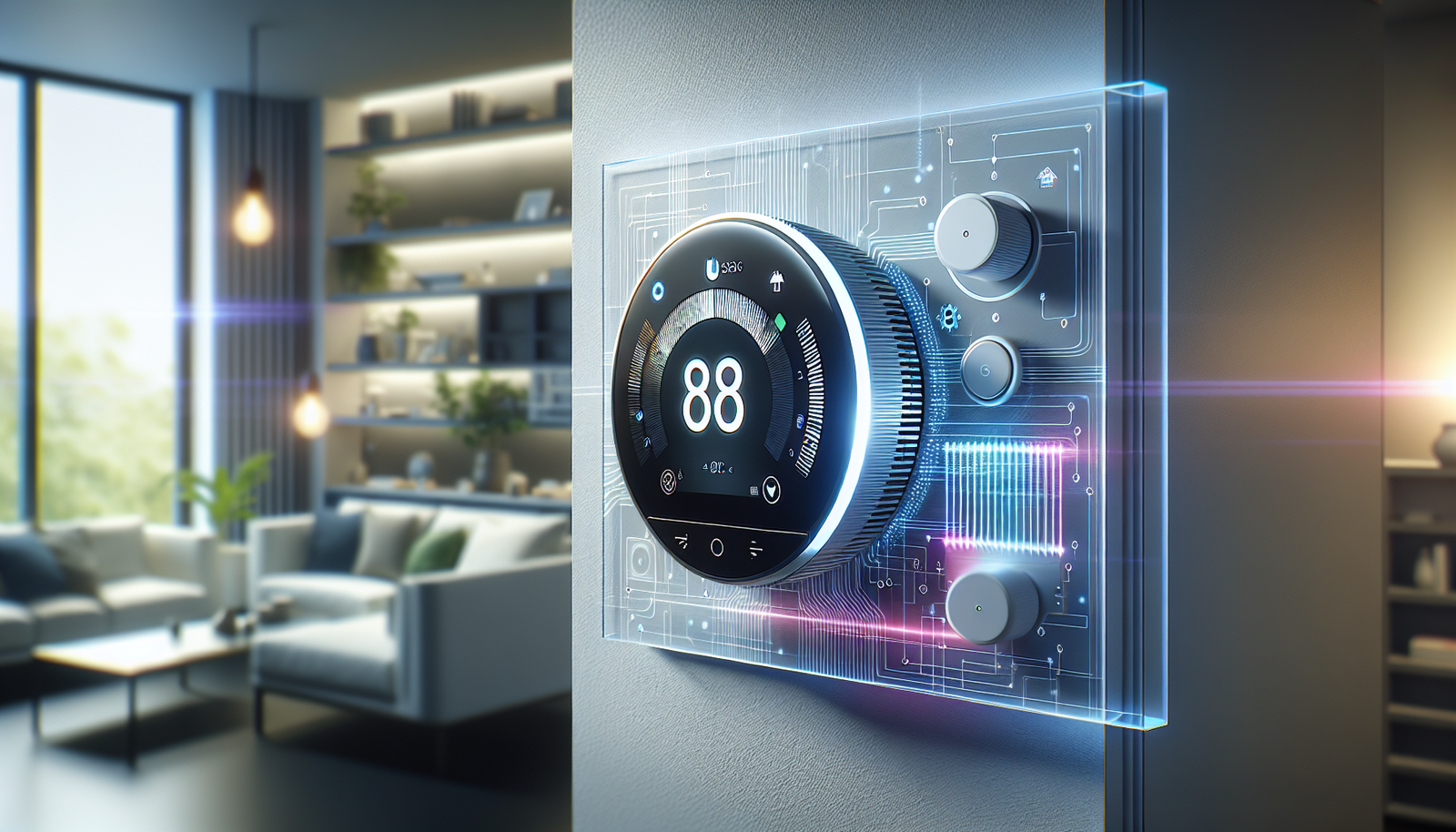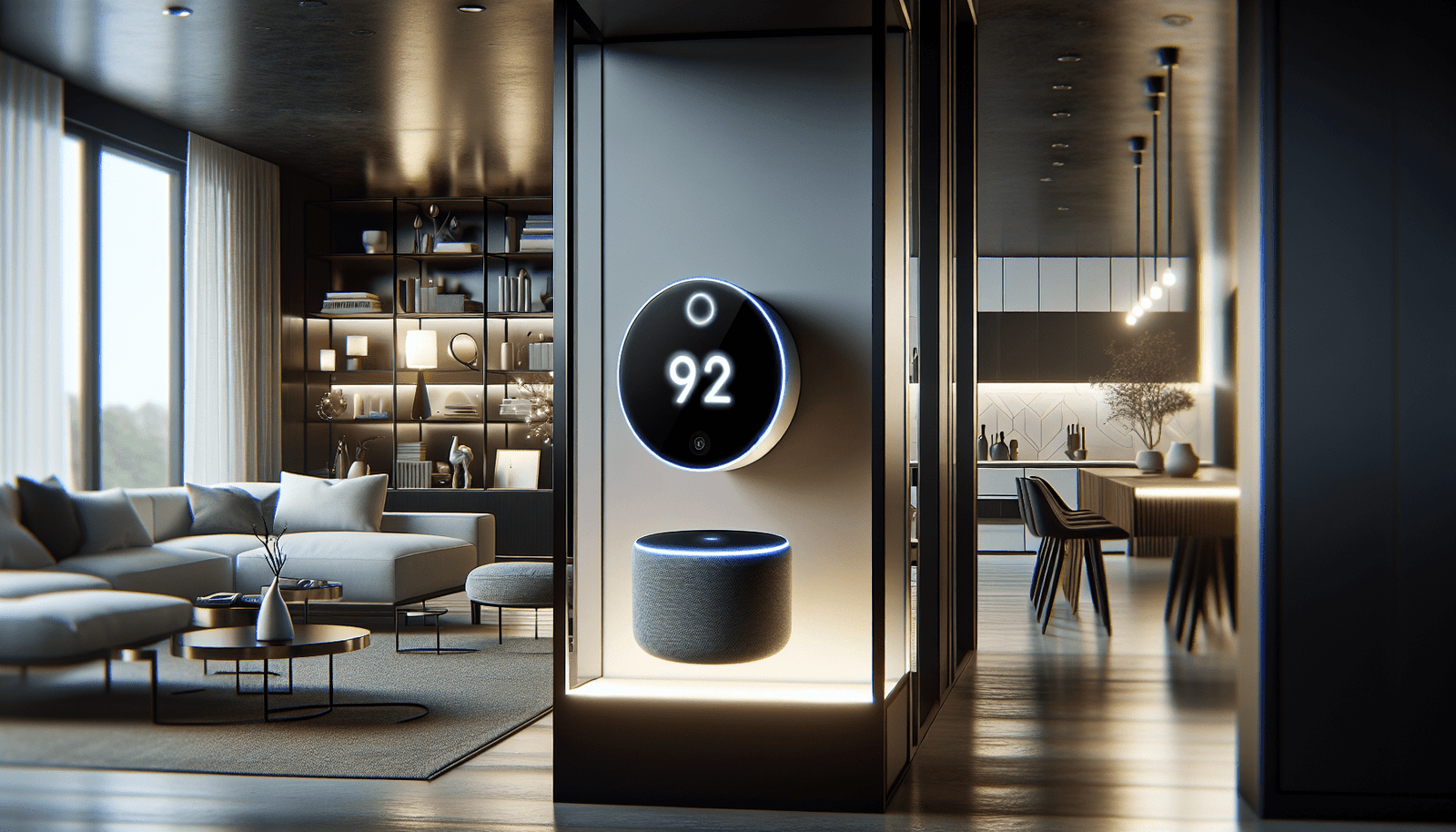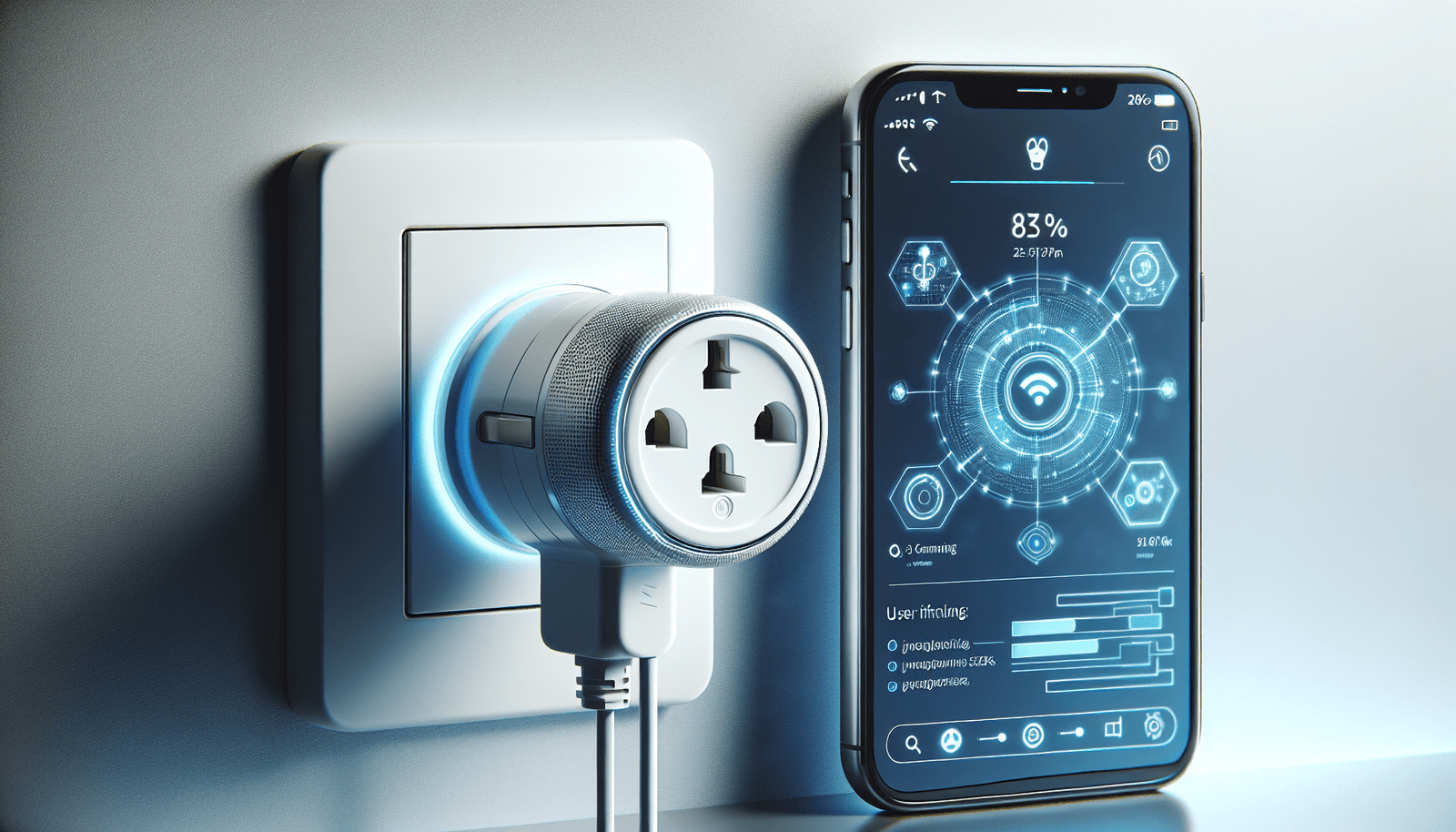How challenging is it to set up a smart thermostat in your home? This question might have crossed your mind, especially as you seek to reduce energy costs, improve home comfort, or simply upgrade to smart home automation. Smart thermostats offer numerous benefits, from potential energy savings to enhanced convenience. However, the process of installing and optimizing these devices can seem daunting. This guide aims to demystify the process, breaking down everything you need to consider before making your home smart thermostat-ready.
Understanding Smart Thermostats: The Basics
Smart thermostats are a key component in the smart home ecosystem. These devices are designed to offer superior energy management through advanced features and connectivity. Unlike traditional thermostats, smart thermostats learn your habits and preferences over time, creating a more energy-efficient schedule.
What Makes a Thermostat “Smart”?
The intelligence of a smart thermostat stems from its connectivity and features. These devices connect to your home’s Wi-Fi network, allowing you to control them remotely via a smartphone app. Many models integrate with voice assistants like Amazon Alexa or Google Assistant, offering hands-free control.
Some advanced features include:
- AI Learning: Adapts to your schedule and preferences over time.
- Geofencing: Uses your smartphone location to detect when you leave or approach your home, adjusting the temperature accordingly.
- Energy Reports: Provides insights on energy usage, offering suggestions to improve efficiency.
- Multi-Zone Control: Manages the temperature in different zones of your home independently.
Benefits of a Smart Thermostat
The advantages of installing a smart thermostat go beyond convenience. One of the primary benefits is energy efficiency, which translates into lower energy bills. Smart thermostats are designed to optimize the use of your HVAC system, minimizing wasted energy.
Moreover, with smart thermostats, you can:
- Achieve significant cost savings by optimizing heating and cooling schedules.
- Receive energy consumption reports that help you understand and manage usage.
- Increase home comfort by maintaining optimal temperatures automatically.
- Improve integration with other smart home devices for seamless automation.
Comparing Smart Thermostats: Features and Pricing
When selecting a smart thermostat, it’s essential to compare options based on features, price, and energy efficiency. Different models cater to various needs, from basic temperature control to advanced compatibility with numerous smart home devices.
Top Smart Thermostats Available Today
To simplify your decision-making process, here’s a table summarizing some of the top smart thermostats currently on the market, along with their key features:
| Model | AI Learning | Geofencing | Voice Assistant Integration | Price Range | Energy Efficiency Score |
|---|---|---|---|---|---|
| Nest Learning Thermostat | Yes | Yes | Google Assistant, Alexa | $$ | High |
| Ecobee SmartThermostat | Yes | Yes | Alexa, Google Assistant | $$ | High |
| Honeywell Home T9 | Yes | Yes | Alexa, Google Assistant | $$ | Medium |
| Emerson Sensi | No | Yes | Alexa, Google Assistant | $ | Medium |
Factors Influencing Your Choice
When evaluating smart thermostats, consider the following factors:
- Compatibility: Ensure the thermostat is compatible with your HVAC system. Most modern systems support smart thermostats, but double-checking is always wise.
- Budget: Prices can vary significantly. Determine how much you’re willing to invest based on features and potential savings.
- Integration Needs: If you already have smart home devices, consider how well the thermostat integrates with existing systems.
- Usability: Ease of use is crucial. Look for devices with user-friendly interfaces and robust customer support.
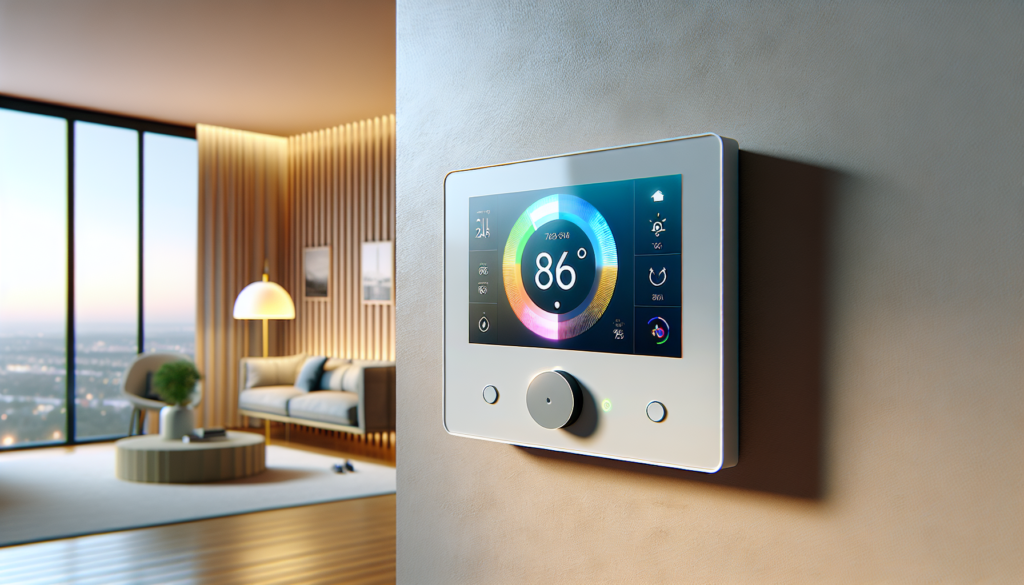
Installation Guide for Smart Thermostats
A primary concern when considering a smart thermostat is the installation process. While it may seem complicated, it’s often more straightforward than expected, especially for those comfortable with basic DIY projects.
Preparing for Installation
Proper preparation can make the installation process smoother. Start by ensuring you have the necessary tools, such as a screwdriver, wire labels, and a drill (if required). It’s also helpful to have the installation manual handy.
Checking Compatibility
Before you begin, verify that your HVAC system is compatible with the smart thermostat you have chosen. Most manufacturers provide compatibility check tools online, which require details about your existing setup.
Step-by-Step Installation
-
Turn Off Power: For safety, turn off the power to your HVAC system at the breaker box.
-
Remove the Old Thermostat: Take down the old thermostat, carefully noting the configuration of the wires. Label each wire according to its terminal to avoid confusion.
-
Install the New Thermostat Base: Attach the new baseplate to the wall using screws. Ensure it’s level and secure.
-
Connect the Wires: Match each labeled wire to the corresponding terminal on the new thermostat. Refer to the installation manual for guidance.
-
Mount the Thermostat Unit: Once the wiring is complete, attach the thermostat unit to the baseplate.
-
Restore Power and Configure: Turn on the power and follow the setup instructions on the thermostat or its app to configure your new device. This may include connecting it to Wi-Fi and entering preferences for your schedule and temperature settings.
Post-Installation Tips
After installation, spend some time exploring your new thermostat’s settings. Set schedules that match your routine and experiment with features like geofencing to maximize efficiency.
Troubleshooting Common Issues
It’s not uncommon to encounter issues during or after installation. Being prepared to troubleshoot basic problems can help you address them swiftly.
Common Installation Challenges
- Incompatibility: Double-check if your HVAC system supports the thermostat model you chose.
- Incorrect Wiring: Revisit the wiring setup if the thermostat does not power on, ensuring all wires are connected correctly.
Post-Installation Challenges
-
Wi-Fi Connection Problems: Verify that your Wi-Fi network is operational and check the signal strength near the thermostat. Restart the router or the thermostat if necessary.
-
Schedule and Temperature Inconsistencies: Sometimes initial settings might require adjustments. Review your schedule and programming for errors.
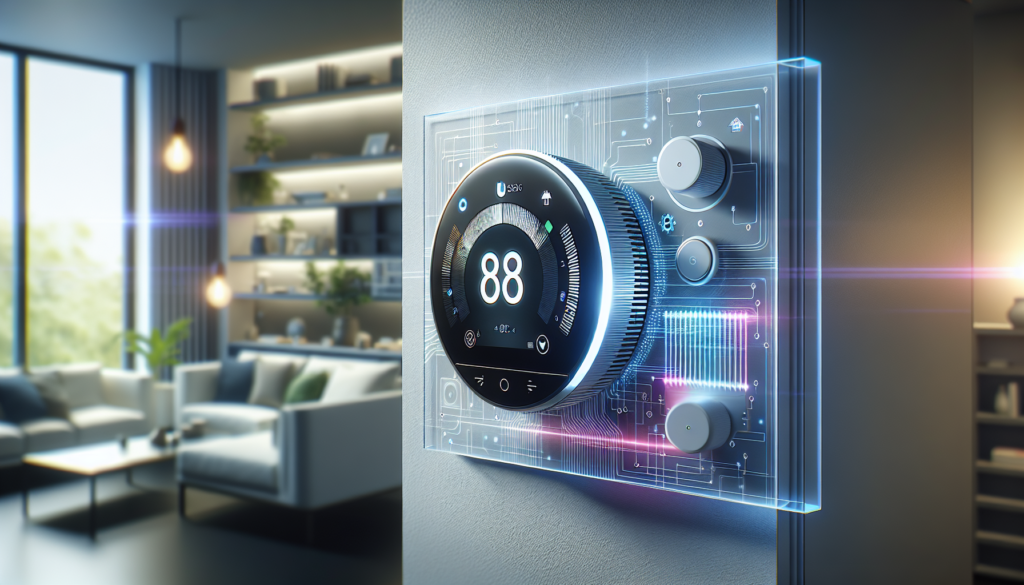
Evaluating Energy Savings and Cost-Effectiveness
A significant appeal of smart thermostats is their potential to reduce energy costs. However, calculating these savings can be complex, influenced by various factors like energy rates and home size.
Quantifying Energy Savings
Smart thermostats can reduce heating and cooling costs by 10-15%, according to industry estimates. However, the actual savings vary based on your energy consumption behaviors and local climate conditions.
Exploring Available Rebates and Incentives
Many utility companies and government programs offer rebates to incentivize the adoption of energy-efficient appliances. Check with local energy providers for any available incentives that could reduce your overall investment in a smart thermostat.
Understanding Potential Drawbacks
Despite their advantages, smart thermostats may present some drawbacks that potential users should be aware of.
Security Concerns
Being connected devices, smart thermostats are susceptible to cybersecurity threats. Protect your device by using strong passwords and ensuring your home network is secure.
Initial Costs
Although prices vary, smart thermostats typically require a higher initial investment compared to standard models. However, the long-term savings on energy bills can offset this cost for many users.
Determining the Right Choice for Your Home
Ultimately, whether a smart thermostat is the right choice depends on individual circumstances, including home size, existing HVAC systems, and lifestyle preferences.
Considerations for Homeowners and Renters
- Homeowners: Smart thermostats are often a worthwhile investment, enhancing property value and energy efficiency.
- Renters: While installation is more challenging, smart thermostats can still be a viable option, especially with landlord approval.
Conclusion
Installing a smart thermostat can greatly enhance your home’s energy efficiency and comfort, making it a wise investment for many. While installation and optimization might initially seem challenging, understanding the steps can help simplify the process. Equipped with the knowledge of installation, troubleshooting, and cost evaluation, you can make a well-informed decision that’s aligned with your home’s needs and goals.
Disclosure: As an Amazon Associate, I earn from qualifying purchases.
